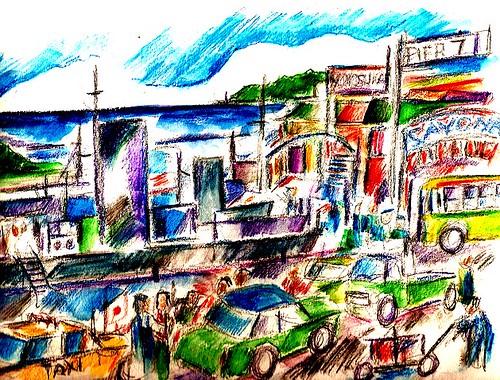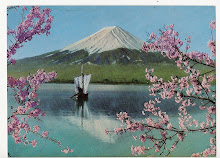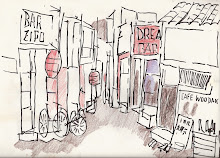SOMETIMES IT HURTS TO HURT...
When sailors depart, they usually have someone they love to share the moment of departure. How many of these overseas romances continue is subject matter for novels. James Michener wrote one, "Sayonara" that says much about these departures
YOKOHAMA PICTURE SHOW

Shot with my Petri in Yokohama 1962
RICE FIELD IN JAPAN 1962

I took this with my PETRI in Kanagawa Prefecture
Wednesday, December 12, 2012
SOMETIMES IT HURTS TO HURT...
SAYONARA--THE MOVIE
SayonaraFrom Wikipedia, the free encyclopedia
Jump to: navigation, search
This article is about the film. For other uses, see Sayonara (disambiguation).
Sayonara
original movie poster
Directed by Joshua Logan
Produced by William Goetz
Written by James Michener (novel)
Paul Osborn
Starring Marlon Brando
Patricia Owens
James Garner
Martha Scott
Miiko Taka
Miyoshi Umeki
Red Buttons
Ricardo Montalban
Editing by Arthur P. Schmidt
Philip W. Anderson
Distributed by Warner Bros.
Release date(s) December 5, 1957
Running time 147 minutes
Country United States
Language English
Japanese
Box office $22,000,115 (in U.S.)
Sayonara is a 1957 color (Technicolor) American film starring Marlon Brando. It tells the story of an American Air Force flier who was an "ace" fighter pilot during the Korean War.
Sayonara won four Academy Awards, including acting honors for co-stars Red Buttons and Miyoshi Umeki.
The film's screenplay was adapted by Paul Osborn from the novel by James Michener, and it was produced by William Goetz and directed by Joshua Logan. Unlike most 1950s romantic dramas, Sayonara deals squarely with racism and prejudice.[1]
Contents [hide]
1 Plot
2 Cast
3 Production
4 Critical reception
5 Legacy
6 Awards
7 References
8 External links
[edit] PlotLloyd "Ace" Gruver, a major and the son of a U.S. Army general, is stationed at Itami Air Force Base (now Osaka International Airport) near Kobe, Japan. He falls in love with a Japanese entertainer (Hana-ogi) who is a performer for a Takarazuka-like theater company, whom he meets through his enlisted crew chief, Airman Kelly.
Kelly is about to wed a Japanese woman, Katsumi, in spite of the disapproval of the United States military, which will not recognize the marriage. The Air Force, including Gruver, is against the marriage. Gruver and Kelly have an argument during which Gruver uses a racial slur to describe Kelly's fiancee. Gruver eventually apologizes, then agrees to be Kelly's best man at the wedding.
Kelly suffers further prejudice at the hands of a particularly nasty colonel, pulling extra duty and all the less-attractive assignments. When he and many others who are married to Japanese are ordered back to the States, Kelly realizes he will not be able to take his wife, who is now pregnant.
Finding no other way to be together, Kelly and Katsumi commit double suicide. This strengthens Major Gruver's resolve to marry his own Japanese lover. When asked by a Stars and Stripes reporter what will he say to both the "big brass" as well as to the Japanese, neither of which will be particularly happy, Major Gruver says, "Tell 'em we said 'Sayonara.'"
The ending in the movie, however, differs from that of the book, in which Gruver says "sayonara" to his Japanese girlfriend and returns to the States













